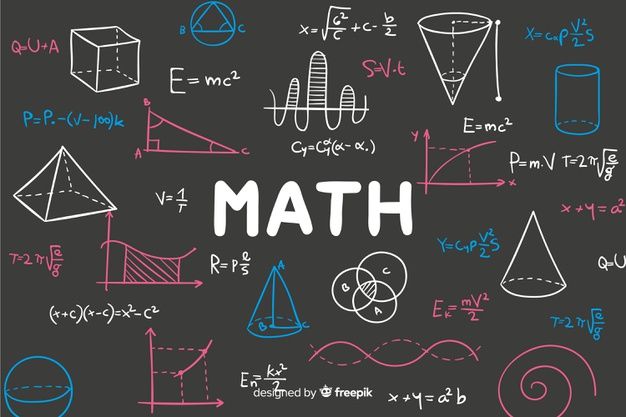Inverse Functions And Logarithms
Published On :2021-10-16 05:18:00

Inverse Functions
How to find the inverse of functions
firstly we have to know what one-to-one means
A function f is called a one-to-one function if it never takes on
the same value twice; that is,
[f({x_1}) ne f({x_2}),,,whenever,,{x_1} ne {x_2}]
to explain it clearly
and we can check the graph if it's a one-to-one function easily by
on the other hand
for any y in B
to make this theorem easier just follow these steps
if your function is one-to-one just replace every y with x and every x with y and rewrite your equation with respect to y after that the domain will become range and range will become a domain
For example:
find the inverse of 
solution:
is this function one-to-one? yes it is we checked that before
so our functions is [y = {x^3}]
[domain = R & range = R ]
replace every y with x and every x with y
and the inverse of our functions is [x = {y^3}]
old domain will become range and old range will become domain so
[domain = R & range = R ]
rewrite the equation with respect to y [y = {x^{1/3}}]
another example:
find the inverse for 
is this function is one-to-one? yes because every value in a domain have a different value in the range
and we can check that with Horizontal Line Test
[y = ln (x)]
[domain = (0,infty )& range = R]
replace every y with x and every x with y
so the inverse of our function is [x = ln (y)]
[domain = R& range = (0,infty )]
rewrite the equation with respect to y
[y = {e^x}]
Note: The graph of the inverse is obtained by reflecting the graph of the function about y=x





